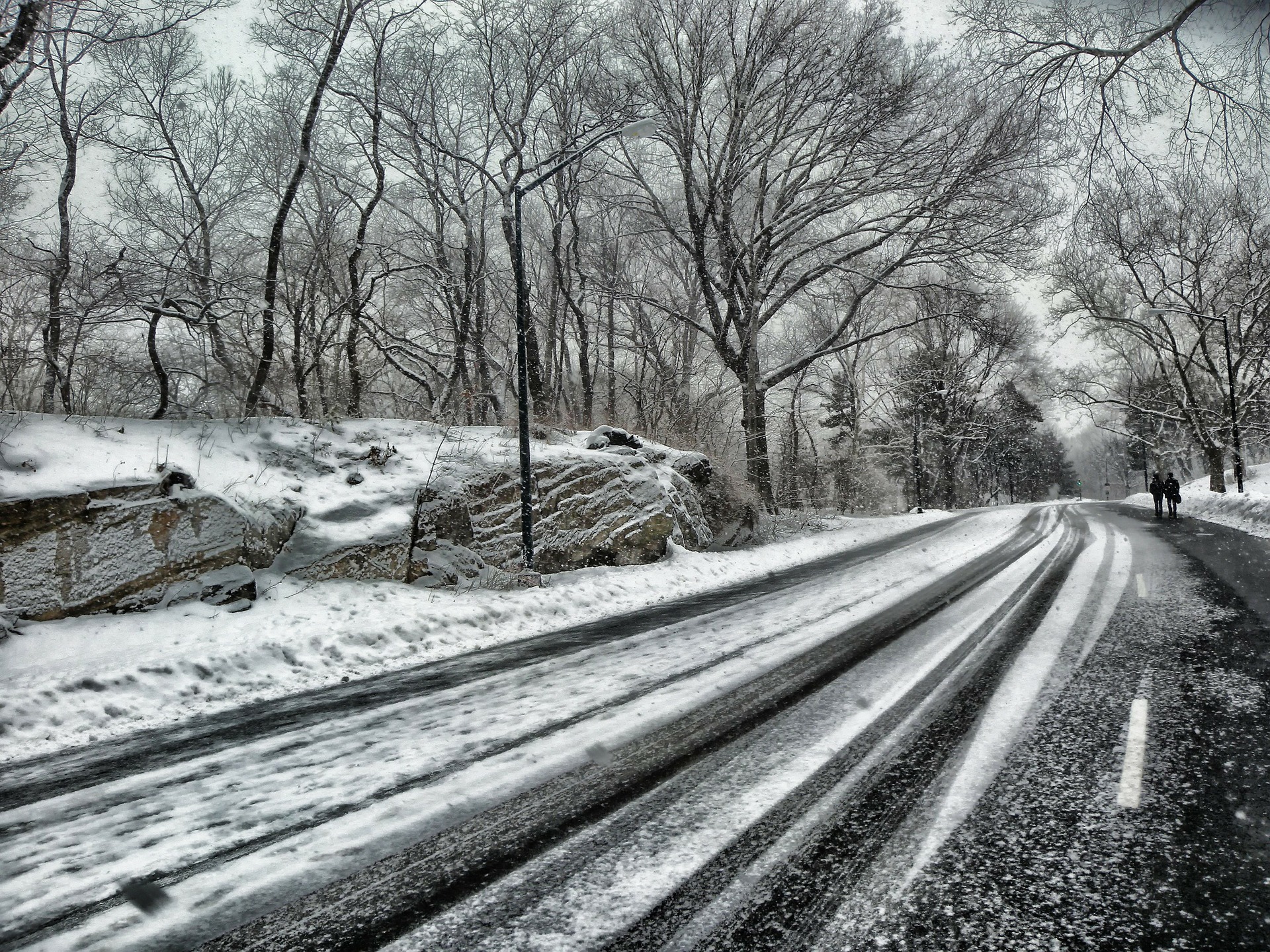Britain’s unpredictable weather is at its most hazardous in winter, with more breakdowns reported than at any other time. Follow this simple guide and you’ll be prepared with the knowledge and equipment to stay safe on the roads, whatever the weather throws at you.
Prepare before you go…
Pack your emergency kit.This should include a shovel, warning triangle, torch and batteries, blanket, de-icer, mobile phone and charger, breakdown membership card, flask with hot drink, tow rope, thick cardboard or material (for traction), clothes including something warm and waterproof and sunglasses (for glare).
Get it checked. Get your garage to look at the anti-freeze level in your coolant tank. If there isn’t enough anti-freeze, the liquid can freeze, expand and cause significant engine damage.
Get off to a good start. If your car has trouble starting, turn the ignition key for five seconds, then leave it for 30 seconds before trying again. This will preserve your battery and prevent flooding the engine.
Fully clear your windows and remove snow from the roof and bonnet before you begin your journey. Thaw frozen locks with WD-40. Also top up with suitable windscreen washer fluid.
Plan ahead (don’t rely on your sat nav!). It’s unwise to set off blindly following your sat nav – check your route and look at alternatives. Try to keep to main roads that are gritted.
Get a grip. Check tyres are at the levels recommended in your manual. Reducing tyre pressures does not give you more grip in snow. At least 3mm of tread is recommended for winter motoring. The legal requirement is 1.6mm of tread across the central 75% of the tyre.
Once you get going…
Easy does it. Pull away in second gear, gently easing off the clutch to avoid wheel-spin. “Manual” or “Winter” modes are best on automatic cars.
Stay visible and reduce glare. Keep your windows clear using the air-conditioning. Dip your headlights and only use fog lights in very poor visibility as light can reflect off snow and standing water to dazzle oncoming motorists.
Keep your distance. Stopping distances are 10 times longer in ice and snow so keep your distance from the car in front.
A slippery business. To prevent skidding, drive slowly in a high gear and brake gently. If you skid, ease off your accelerator, remove your foot from the brake and steer gently into the direction of the skid until your tyres regain grip.
Hidden depths. Avoid large puddles. Water can enter the engine and cause damage through the air intake – usually situated around the front bumper.
That doesn’t sound right! Continuous squealing could mean your water pump or cylinder block is frozen. Turn off the engine until it’s fully thawed. The same applies if your radiator freezes. Stop and wait for the coolant to circulate.
What to do if you breakdown…
Pull off the road on the left-hand side as soon as you suspect there may be a problem with your car.
Put your hazard warning lights on and in poor visibility put the side-lights on too.
Don’t abandon the car if you break down in darkness or freezing temperatures.
If it’s raining, avoid opening the bonnet as you could make the problem worse.
In sub-zero temperatures, keep the engine running, if possible, to keep the heater going.
If you feel vulnerable in the car, keep doors locked while you wait. A patrol or garage mechanic will carry proof of identity and you should ask to see this before opening a window or unlocking your car.
If you break down on the motorway, pull on to the hard shoulder. All passengers should leave the car by the left-hand door and stay on the bank. Leave any animals inside the vehicle. Use the nearest emergency SOS telephone (indicated by marker posts every 100 metres) instead of your mobile phone to allow recovery services to pinpoint your position. And never attempt repairs on the motorway.


